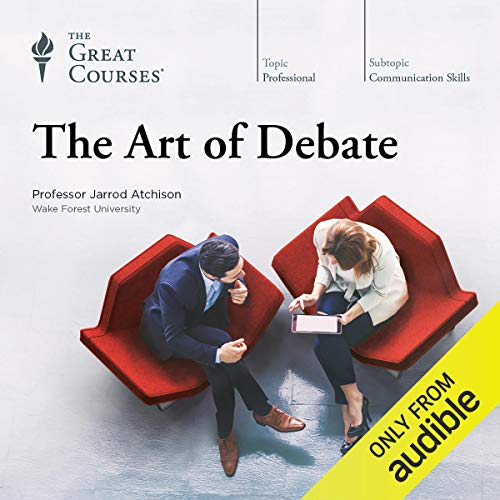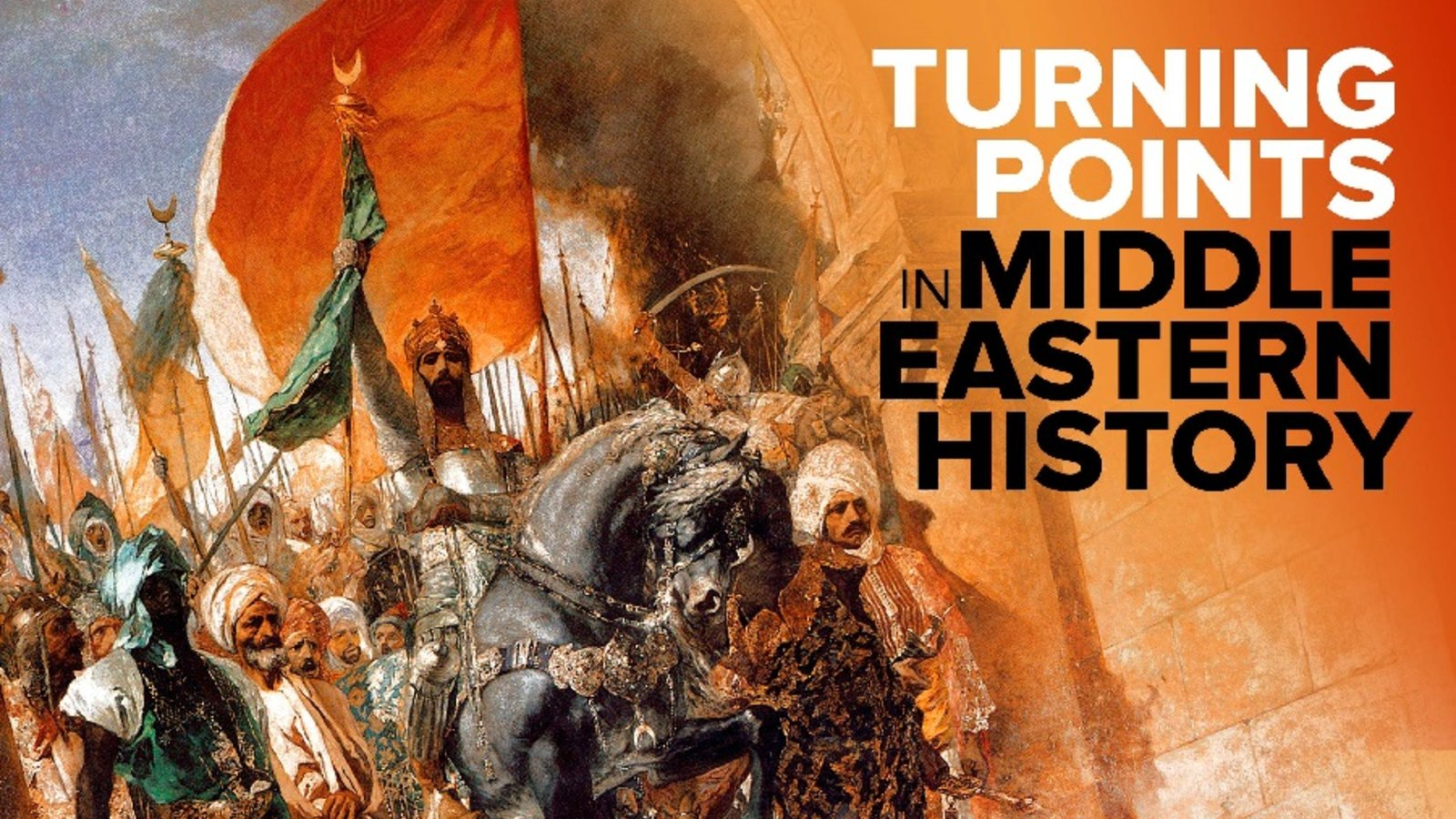Latest videos
No plan survives contact with the enemy, which means no matter how well you've constructed your case, you will need to defend it. Fortunately, there are several straightforward elements of a good rebuttal-assessment, organization, and emotional appeal-and Professor Atchison guides you through each element in this lecture.
Round out your study of cross-examinations by turning to "open-ended questions." Designed to help you understand your opponents' arguments, open-ended questions give you the opportunity to shift your position, thus maximizing strategic flexibility. They also allow you to set traps for your opponent. Find out how to craft-and answer-open-ended questions.
Continue your study of cross-examinations with a detailed look at "leading questions." Useful for identifying holes in an argument, leading questions also represent persuasive arguments in and of themselves. Learn the rules of creating a good leading question and how they can help you win the debate.
Once each case is built, it's time for a cross-examination-a chance to interrogate your opponents to better understand their arguments, identify holes in their reasoning, and keep the audience engaged. This first of three lectures explores the history of debate and reflects on the goals of cross-examination.
The three-part attack from the previous lecture is an extremely effective way to challenge the affirmative proposal, but the arguments don't attack the affirmative case directly. Here, learn several approaches to confronting the affirmative case head-on, including "inherency," attacking the harms of the affirmative, and attacking the proposal's solvency.
A good critique is a necessary way of testing out an idea, but developing a good negative case requires immense creativity to disprove the affirmative argument. Delve into the key arguments available to the negative: the disadvantages of the affirmative case, counterproposals, and critiques of the affirmative's assumptions.
Now that you know how to develop a strong affirmative argument, apply your skills to a specific debate. Taking a resolution about campus carry laws as an example, Professor Atchison walks you through each of the steps to indict the status quo and offer a tenable solution to the problem.
The affirmative side of a debate must do three things: stay relevant to the resolution, indict the status quo, and offer a proposal designed to solve the problems you have identified with the status quo. Discover how to meet these obligations and build a winning affirmative argument.
No debate is won without consideration of the audience-of the ultimate decider or the judge. If you can't connect with this audience, you won't be able to win them over. After considering how to make such a connection, you'll then sharpen your skills in creating a well-researched case with enough nuance to argue your point.
Continue your study of fallacies with a survey of fallacies that stem from the actual debate itself. To make their case, debaters often resort to false analogies, straw men, and ad hominem attacks. Fortunately, once you learn to recognize them, you will be well prepared to combat them and score points to win the debate.
To be a great debater, you must not only learn to recognize argument fallacies, but you must also learn to combat them during the debate. This first in a two-part lecture series offers insight to help you identify fallacies that stem from flaws in your opponent's research, including the post hoc ergo propter hoc fallacy, hasty generalizations, and more.
Examine the strengths and weaknesses of three primary types of evidence: narrative evidence, empirical evidence, and evidence based on authority. As you review each type of evidence, you will see them in action as Professor Atchison applies them to debates about gun control, climate change, and physician-assisted suicide.
The claim, the evidence, and the warrant: these three elements provide the structure of a strong argument. Unpack each of these elements by studying what they are, how they work, and how they come together to produce an argument. Then home in on the warrant, which is often the most vulnerable part of an argument-and therefore the element easiest to challenge.
Now that you know when to debate, shift your attention to what to debate. The "proposition"–the idea up for debate–is one of the most important concepts to understand, and in this lecture, you will survey how to structure the proposition most effectively-and consider who is making the ultimate decision.
Debate gives you an honest assessment of an idea, and is therefore a powerful decision-making tool. Here, Professor Atchison walks you through the structure of a formal debate and explores when debate can help you the most. As you will learn, big and future-oriented decisions are ripe for formal discussion.
Find out what we mean when we talk about "debates," and how immersing yourself in the techniques of formal debate can have a dramatic impact on how you make decisions in every aspect of your life. From the business world to the bar room, the process of exchanging ideas will make you a better thinker and citizen.
Investigate the epochal turning point of the breakup of the Ottoman Empire and the abolition of the Islamic caliphate - Islam's supreme religious authority - after 1300 years. Witness the remapping of the Middle East by the imperial powers of Britain and France, the impact of these changes on the region, and the emergent states of the modern Middle East.
Examine the role of the Ottoman Empire in World War I, and uncover why it entered the war on the side of Germany and Austro-Hungary. Consider the scope of the conflict in the Middle East, the Arab Revolt (arguably the most significant Middle Eastern campaign of the war), and the emergence of Arab nationalism.
No other single factor has impacted the economy, politics, and social life of the Middle East as profoundly as oil. Trace the 20th-century discovery of petroleum across the region by foreign oil companies, and observe the ensuing geopolitical conflicts with local governments. Consider what became known as the Middle East's oil curse.""
The Suez Canal, which halved the sailing distance from Europe to India, changed the course of Middle Eastern and world history. Examine the events behind the building of the canal, and reveal the amazing feat of its construction. Assess the economics of the endeavor, a story of foreign debt that would cost Egypt its independence.


